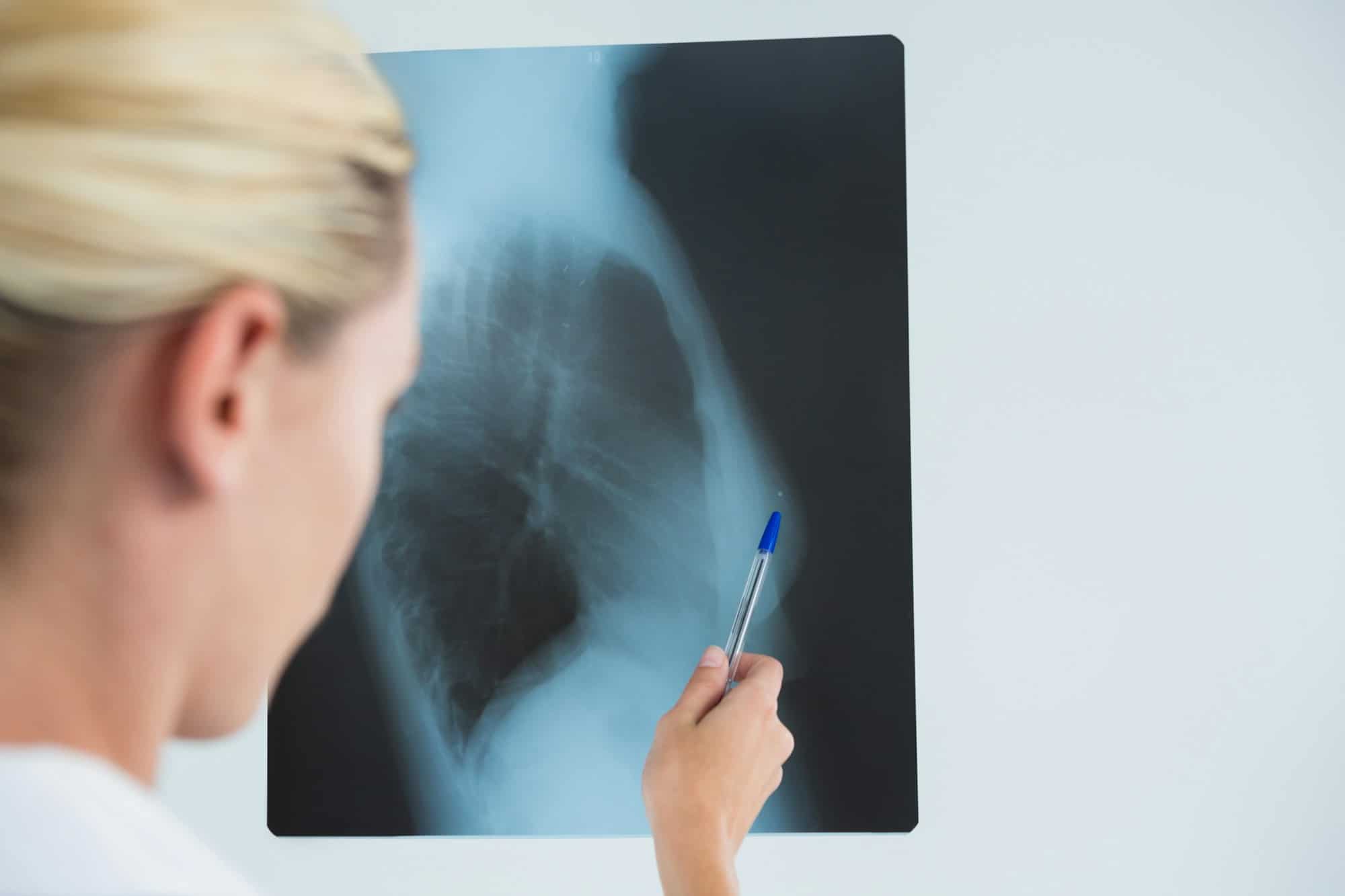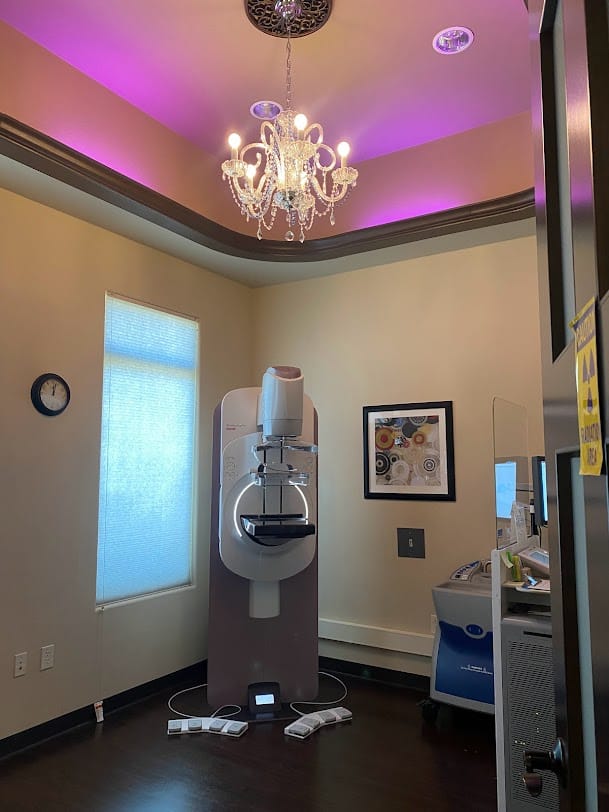A mammogram is a crucial screening tool for detecting breast cancer early, often before symptoms develop. If you’re scheduled for your first screening mammogram, it’s natural to feel a mix of emotions, including anxiety and curiosity. Understanding what to expect can help ease your mind and prepare you for the experience.
Scheduling Your Mammogram
Scheduling your first mammogram is an essential step in maintaining your breast health. The process is straightforward, but there are a few important considerations to keep in mind to ensure the most accurate results and the least amount of discomfort.
Timing Your Appointment
Choosing the right time to schedule your mammogram can make the experience more comfortable. If you’re still menstruating, it’s generally recommended to schedule your mammogram for the week after your period, when your breasts are less likely to be swollen or tender. This can help reduce discomfort during the compression process and improve the clarity of the images.
Consultation with Your Healthcare Provider
Before scheduling your mammogram, it’s a good idea to consult with your healthcare provider. They can help determine the best time to start regular mammograms based on your age, family history, and other risk factors. For most women, regular mammograms begin between the ages of 40 and 50, but those with higher risk factors may need to start earlier.
Choosing a Mammography Facility
When selecting a facility, make sure it is certified by the FDA under the Mammography Quality Standards Act (MQSA). This ensures that the facility meets high standards of quality and safety. You can ask your healthcare provider for a recommendation or search for a certified facility online.
Preparing for the Appointment
Once you’ve scheduled your appointment, it’s important to prepare appropriately. On the day of your mammogram, avoid using deodorant, lotion, or powder on your breasts or underarms, as these can interfere with the X-ray images. Wear a two-piece outfit so you only need to remove your top for the procedure. It may also be helpful to bring any previous mammogram images if you’re going to a new facility, as this allows for comparison and can aid in accurate diagnosis.
Confirming Insurance Coverage
Before your appointment, confirm with your insurance provider that your mammogram is covered. Most insurance plans cover screening mammograms, but it’s always best to check beforehand to avoid any unexpected costs. If you do not have insurance, many facilities offer reduced rates or payment plans for mammograms.
Setting Reminders and Staying on Schedule
Once you’ve had your first mammogram, set reminders for future screenings. Mammograms are typically recommended every one to two years, depending on your age and risk factors. Staying on schedule with your mammograms is key to early detection and effective treatment of breast cancer.
Taking the time to carefully schedule your mammogram and prepare for the appointment can make the process smoother and more comfortable. Regular screenings are a vital part of maintaining your breast health and ensuring any potential issues are caught early.
Preparation Before the Screening
On the day of your mammogram, wear a two-piece outfit so you only need to remove your top. Avoid using deodorant, lotion, or powder on your breasts or underarms, as these can appear as white spots on the X-ray, potentially interfering with the results. Some clinics provide wipes if you forget and apply these products before the exam.
What to Expect During the Mammogram
When you arrive at the clinic, a technician will guide you to a private area where you’ll change into a gown. The mammogram itself involves placing one breast at a time on a flat X-ray plate. Another plate then presses down on your breast from above, flattening it to obtain a clear image. While the compression might feel uncomfortable or slightly painful, it only lasts a few seconds. The entire procedure typically takes about 20 minutes.
After the Mammogram
Once the mammogram is complete, you can get dressed and resume your day. The images will be reviewed by a radiologist, who will look for any abnormalities. You will usually receive your results within a week, either by mail, online, or through your healthcare provider.
Understanding Your Results
If your mammogram results are normal, you will simply continue with regular screenings as recommended by your healthcare provider. If the results are unclear or show something abnormal, you may be asked to return for additional testing, which could include more detailed mammograms or an ultrasound.
Emotional Support and Resources
It’s normal to feel anxious about the results, especially if it’s your first mammogram. Remember that most abnormalities found on mammograms are not cancer. Surround yourself with support from friends, family, or a healthcare provider. Many organizations offer resources and support for those going through their first screening.
Conclusion
Your first screening mammogram is a significant step in proactive breast health. By knowing what to expect, you can approach the experience with confidence and peace of mind. Regular screenings are key to early detection, which significantly increases the chances of successful treatment. Contact us today at Eve’s Breast Center, located at 630 E State Hwy 114, Southlake, TX 76092.


